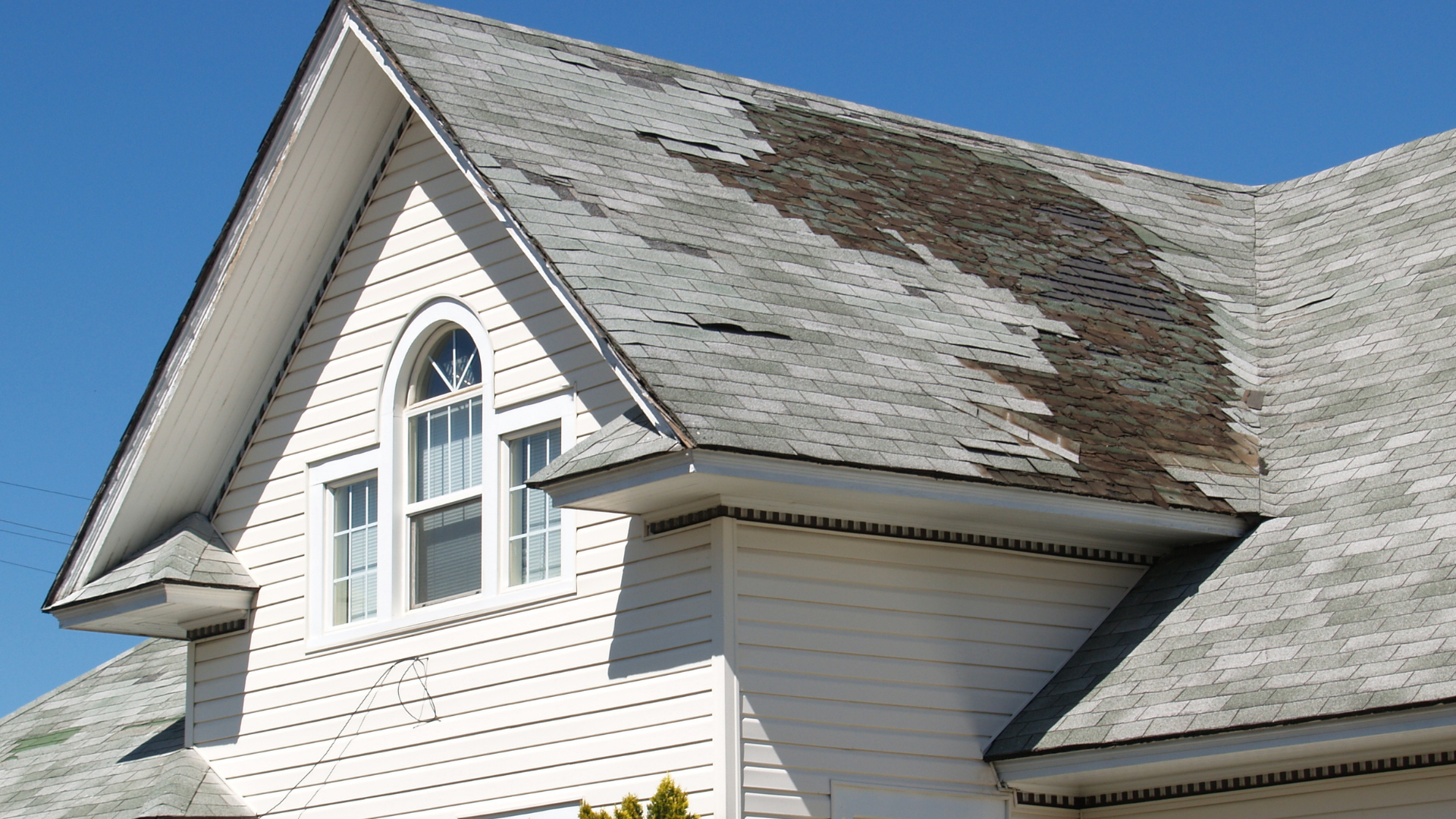Roof repairs can get expensive. According to Home Advisor, most homeowners spend between $378 and $1,703 on roof repair. If you actually have to replace the roof, it costs a lot more. HomeBlue says roof replacement costs in Honolulu range from $5,800 on the low end to $34,700 on the high end. Given these costs, if you’re dealing with roof damage, you’re probably wondering – does homeowners insurance cover roof damage?
The good news is that you may have coverage under your policy. However, there are some restrictions, exclusions and limits to consider.
What Does Homeowners Insurance Cover?
Homeowners insurance typically provides coverage for the structure of the house, and that includes the roof. A standard policy also provides coverage for personal belongings, certain types of liability and additional living expenses if your house in uninhabitable.
However, these coverages only apply when the peril that caused the damage is covered under the policy. According to the Insurance Information Institute, the most popular type of homeowners insurance policy is the HO-3 policy. It covers 16 perils, including fire, lightning, hail, explosion, riot, theft, vandalism, volcanic eruption, falling object, and accidental discharge or overflow of water or steam.
Hurricane and Flood Damage
In the United States, coverage for flooding is not included in homeowners insurance. Instead, flood insurance is sold as a separate policy. In Hawaii, hurricane insurance is also sold as a supplemental insurance policy.
This means that if you want coverage for flooding and coverage for wind damage from hurricanes in addition to other common coverages, you need three policies: the homeowners insurance policy, a flood insurance policy and a hurricane insurance policy. If you have a mortgage, your lender may require all three policy types.
Wear and Tear
Roofs do not last forever. The expected lifespan of your roof depends on several factors, including the material used. According to Bob Vila, asphalt shingle roofs usually last between 15 and 30 years, while clay tile roofs can last for 50 years or more.
Wear and tear is not covered by homeowners insurance. If your roof needs to be repaired or replaced due to normal aging, you typically won’t have coverage under your homeowners insurance policy. However, your roof may be covered by a roof warranty.
Actual Cash Value vs. Replacement Cost
Some insurance policies provide coverage for the actual cash value of the property. Others provide coverage for the replacement cost of the property. This is an important difference that can have a big impact on the size of your payout.
Replacement cost coverage determines claims payouts based on the cost to replace the property. Actual cash value coverage uses the current value of the property, taking depreciation into account.
Let’s say your roof cost $30,000. It was installed 15 years ago, and it has an expected lifespan of 30 years. It’s destroyed and replacing it will cost $30,000. However, the value of the roof at the time of the claim was not $30,000. Due to depreciation, the insurer determines that it was only worth $15,000. If your policy pays claims based on actual cash value, your claim is only worth $15,000, and that’s not nearly enough to cover the replacement cost.
Replacement cost value coverage can be more expensive, but if you want to make sure you have enough coverage to cover the costs to rebuild, it’s the coverage you want.
Understanding Your Deductible
The deductible will also impact the amount your insurer pays for a claim. When you file a claim, the deductible is your share of the costs, and the insurer subtracts the deductible before paying the claim.
Let’s say your policy has a $1,000 deductible. You file a claim for roof damage, and it’s determined that the claim is worth $5,000. The insurer pays $4,000, and you are responsible for $1,000. Now imagine that you have a small claim that’s only worth $500. In this case, the claim is worth less than the deductible, so the insurer would not pay anything.
You can usually lower your homeowners insurance premium cost by choosing a policy with a higher deductible. Just remember that you’ll need to cover this amount yourself if you have to file a claim for roof damage.
Do you need help with insurance coverage for your home? Find an agent.

